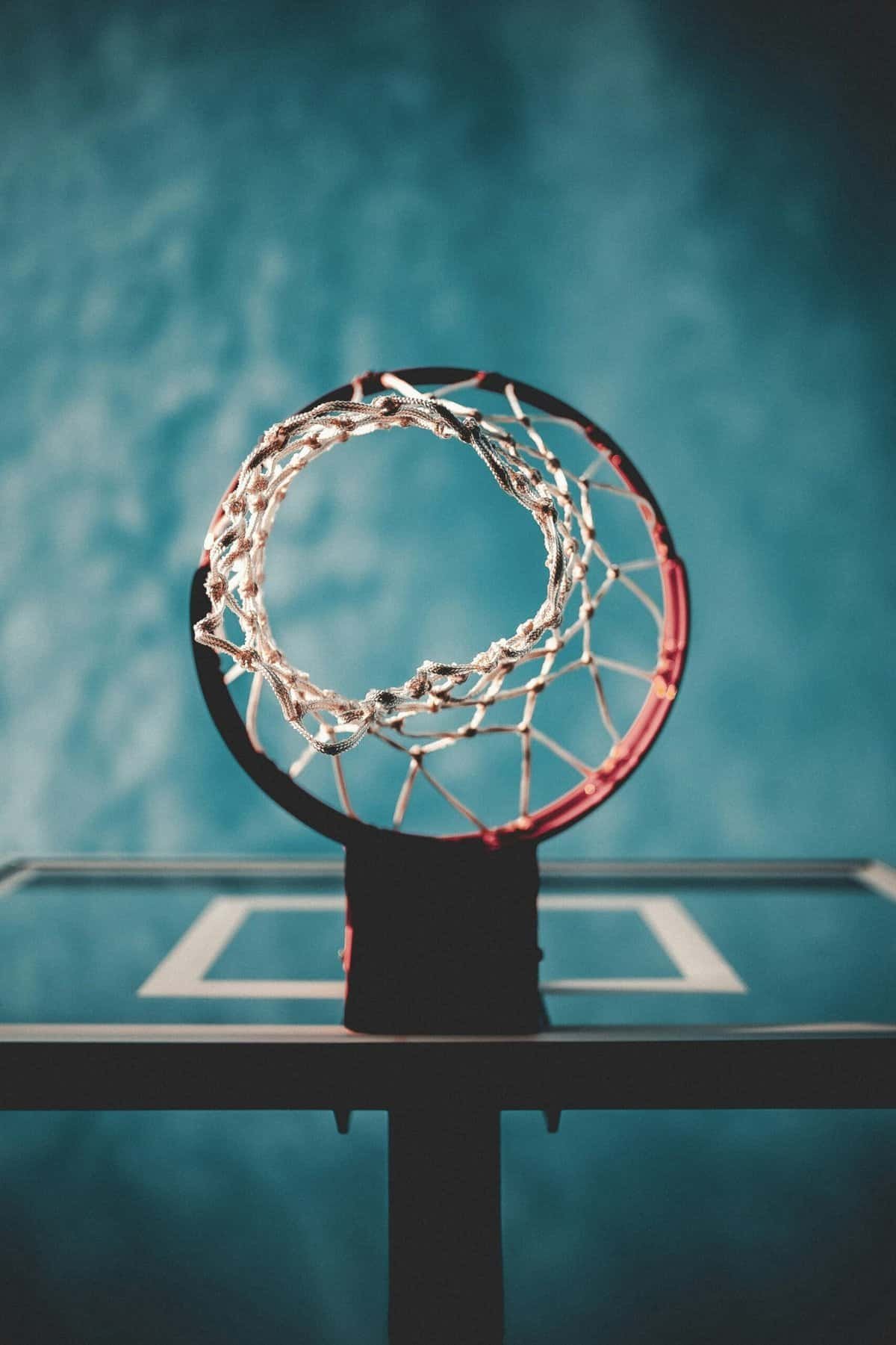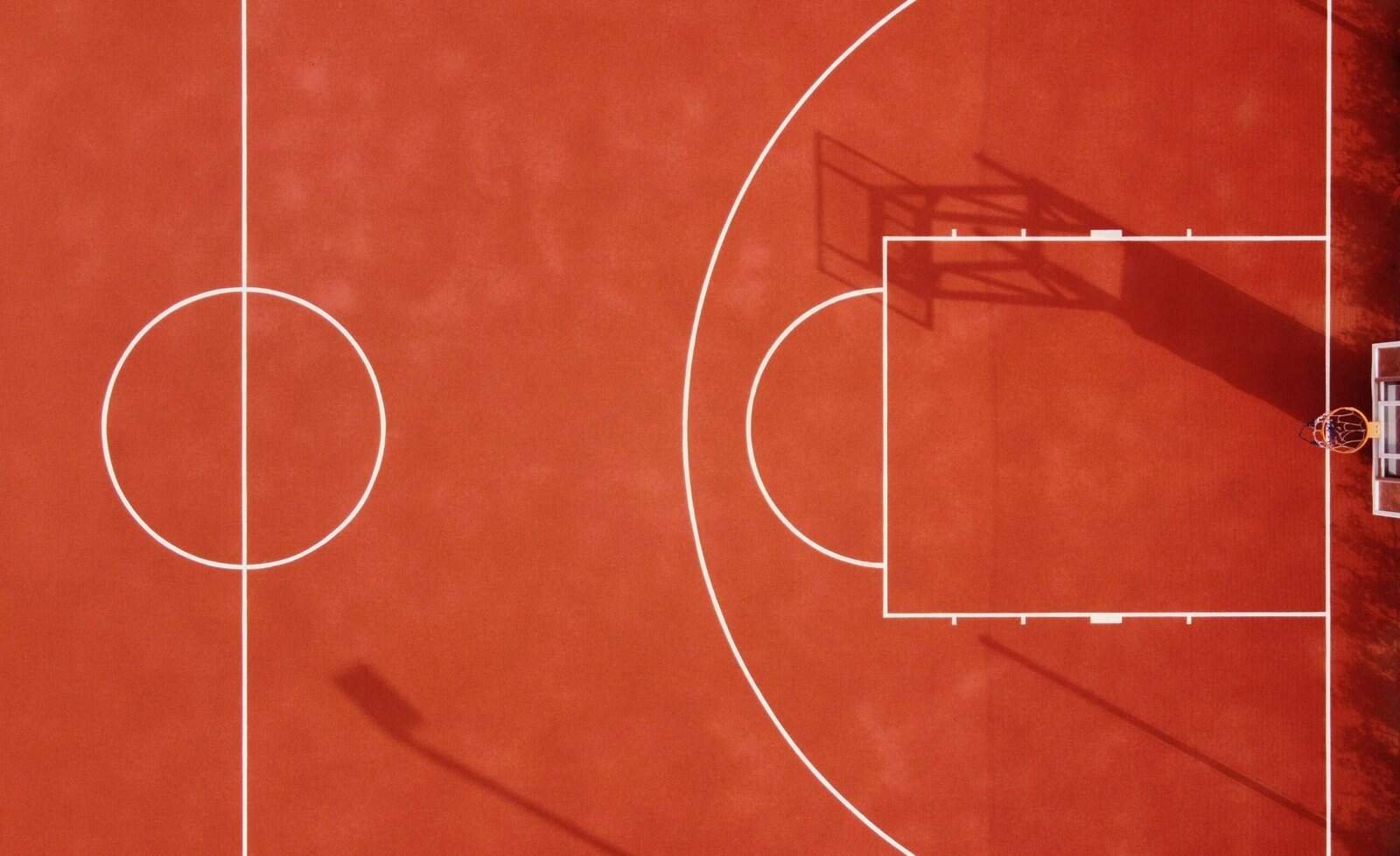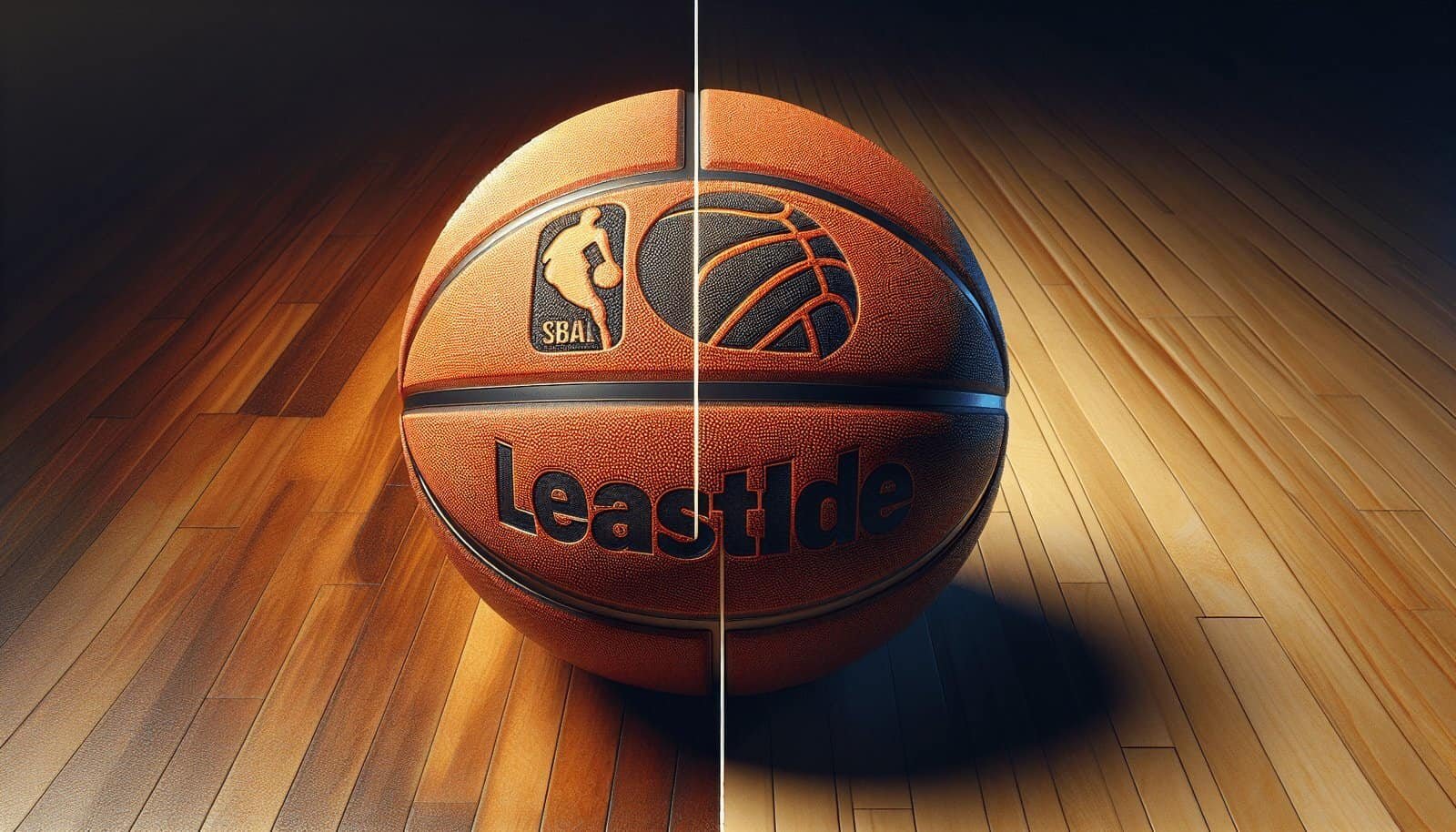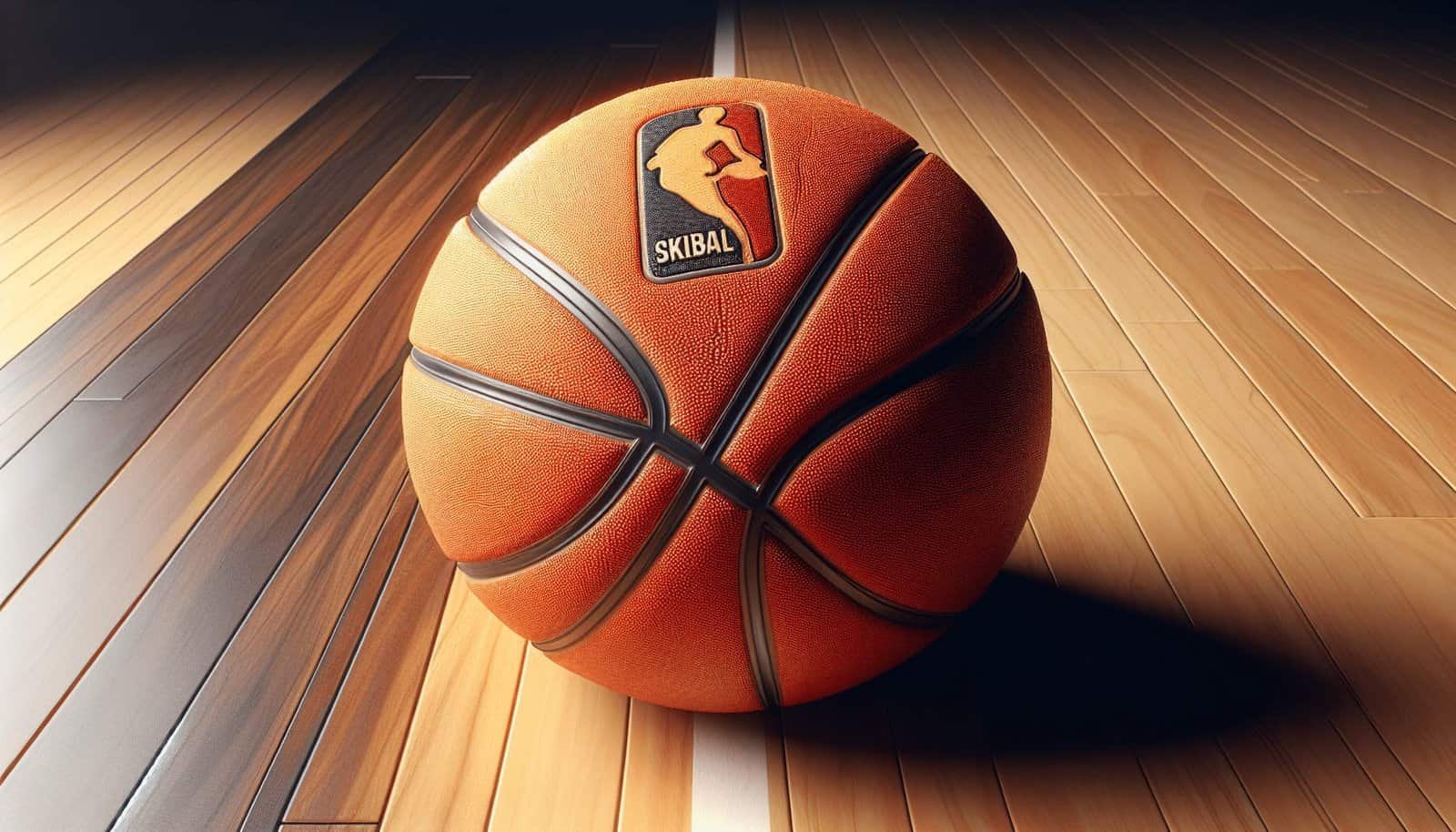Have you ever wondered about the differences between the basketballs used in the NBA and those used in NCAA games? If so, you’re not alone. The nuances between these two types of basketball might appear subtle at first glance, but there are some fascinating distinctions worth exploring.

The Basics of NBA and NCAA Basketballs
Before diving into their differences, it’s helpful to understand what each basketball is intended for. The NBA (National Basketball Association) represents the pinnacle of professional basketball, showcasing some of the best talent globally, while the NCAA (National Collegiate Athletic Association) is the primary governing body of college basketball in the United States. Both organizations have specific regulations that dictate the design and characteristics of their official basketballs.
Size Specifications
One of the primary aspects that can differentiate basketballs is their size. Much like fingerprints, each organization has specific requirements when it comes to the measurements of their official game balls.
| Specification | NBA Basketball | NCAA Basketball |
|---|---|---|
| Circumference | 29.5 inches | 29.5 inches (Men’s), 28.5 inches (Women’s) |
| Weight | 22 ounces | 22 ounces (Men’s), 20 ounces (Women’s) |
While the men’s basketball size is consistent between the NBA and NCAA, women’s college basketballs are slightly smaller in both circumference and weight, a detail that nods to the differences in the women’s game at the collegiate level.
Material and Construction
The material and construction of a basketball can affect its grip, durability, and how it performs during a game. Both the NBA and NCAA take these characteristics seriously to ensure consistent performance.
NBA Basketballs: The NBA opts for full-grain leather for their game balls. Leather provides a superior grip and feel once broken in, making it a favorite choice among professional players. However, it requires a break-in period before it reaches optimal performance.
NCAA Basketballs: For NCAA games, the basketballs are often made of composite leather. This material mimics the feel of real leather but is more durable and doesn’t require the extensive break-in time that real leather does. Composite materials can also perform better in varied climates, making them a versatile choice for college games, which might be played in less controlled environments.
Performance on the Court
How a basketball bounces and reacts during play is critical. Both associations have specific standards to ensure that each game is played under consistent conditions.
Bounce: The NBA specifies a bounce requirement where the ball should rebound to a height between 52 and 56 inches when dropped from 6 feet. The NCAA’s bounce standards align closely with these specifications, but slight variations can be permissible due to the different materials.
Grip: Grip is crucial for ball handling, shooting, and passing. While genuine leather NBA basketballs provide excellent grip after being broken in, composite leather NCAA basketballs offer a more immediate grip advantage right out of the box.
Brand Standards and Adoption
Brand alliances play a role in the standards and quality expectations for both NBA and NCAA basketballs.
NBA’s Spalding Legacy and Wilson Transition
For over three decades, Spalding was the official game ball provider for the NBA. Known for their high-quality leather, Spalding NBA balls became synonymous with professional basketball. However, the NBA transitioned to Wilson as their official ball provider starting the 2021-2022 season. Wilson has a long history in basketball and thus ensures that the game’s integrity remains intact with their products.
NCAA’s Flexibility with Brands
The NCAA, on the other hand, allows a certain level of flexibility when it comes to brands. While Wilson is a common choice, due to their history and broad acceptance, NCAA schools have the liberty to choose their preferred basketball brand for home games. This provides a diverse playing environment but also means that college players might need to adapt to different ball characteristics during away games, including differences in grip and bounce.

Environmental Considerations
Where and how a game is played can affect the choice of basketball. Both organizations keep environmental conditions in mind when setting their standards.
Indoor vs. Outdoor Play
Both NBA and NCAA basketballs are primarily designed for indoor play. The leather or composite leather materials perform best on hardwood surfaces. Outdoor games or practices on asphalt or concrete can wear down the basketballs more quickly.
Durability in Changing Climates
Composite basketballs, like those often used in the NCAA, tend to hold up better under varying environmental conditions than traditional leather ones. This is an important factor, considering NCAA games can span across diverse geographic locations and settings, unlike the more controlled environments of NBA arenas.

Psychological and Aesthetic Factors
Basketball is as much a mental game as it is physical. The look and feel of a ball can impact players’ confidence and performance.
Color and Design
Traditionally, basketballs have a classic orange-brown hue. This color choice wasn’t arbitrary; it’s designed for visibility, ensuring players, referees, and fans can easily track the ball during play. Both NBA and NCAA basketballs adhere to this color standard, though slight shade variations might occur between different brands.
Branding and Design Elements
While the NBA basketball once prominently featured Spalding’s logo, with the transition to Wilson, the branding visibly changed. NCAA basketballs, due to their variety, showcase different brand logos depending on the institution’s choice. The unique logos and design elements can influence the psychological attachment a player develops towards a particular ball.

Historical Evolution and Player Preferences
A look back into the history of basketballs reveals a journey of evolution and adaptation.
Changes Over the Years
In the early days of basketball, the balls were not only physically different, being more laced and rugged, but they also varied significantly even within leagues, leading to inconsistent play. Over time, organizations like the NBA and NCAA have aimed to standardize basketballs to ensure fair and equitable games.
Player Adaptations
Professional and collegiate players often take extra measures to adapt to their playing environment, including the equipment they use. Players develop a preference for specific ball characteristics, such as grip and bounce, which can indeed be the defining factor in their choice of playing comfort.

Conclusion
Understanding the differences between NBA and NCAA basketballs goes beyond recognizing a few technical specifications. It’s about appreciating the craftsmanship, materials, standards, and even historical changes that have shaped the game. Whether you’re a player, coach, or fan, knowing these details can enhance your comprehension and enjoyment of the sport. Each ball, in its subtle ways, contributes to the legacy and continued excitement of basketball as we know it today.
Have these insights into basketball nuances sparked more questions? Whether you’re pondering the game from a player’s perspective or enjoying the thrill from the stands, the basketballs used by different leagues are an essential factor in the game’s dynamics.
